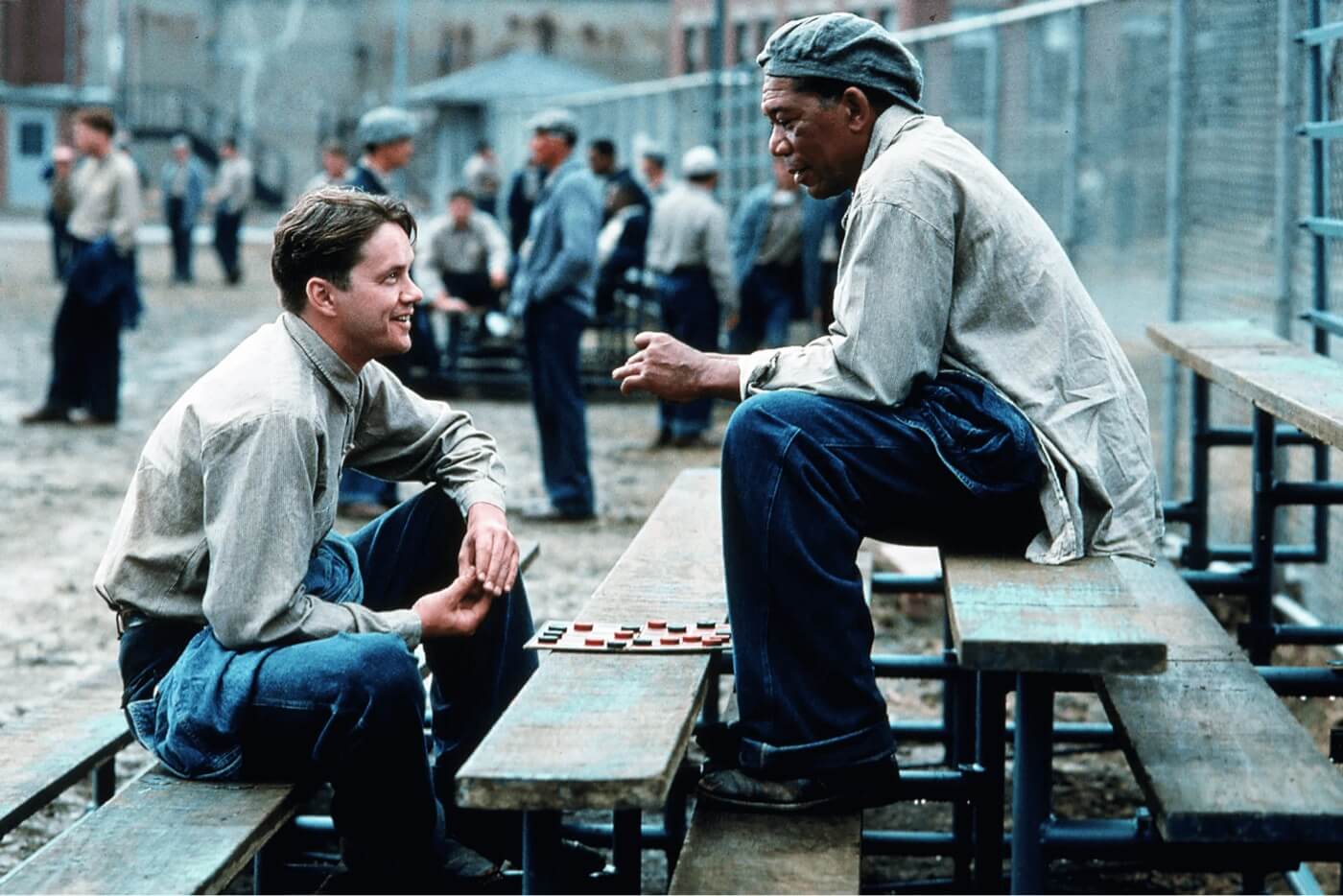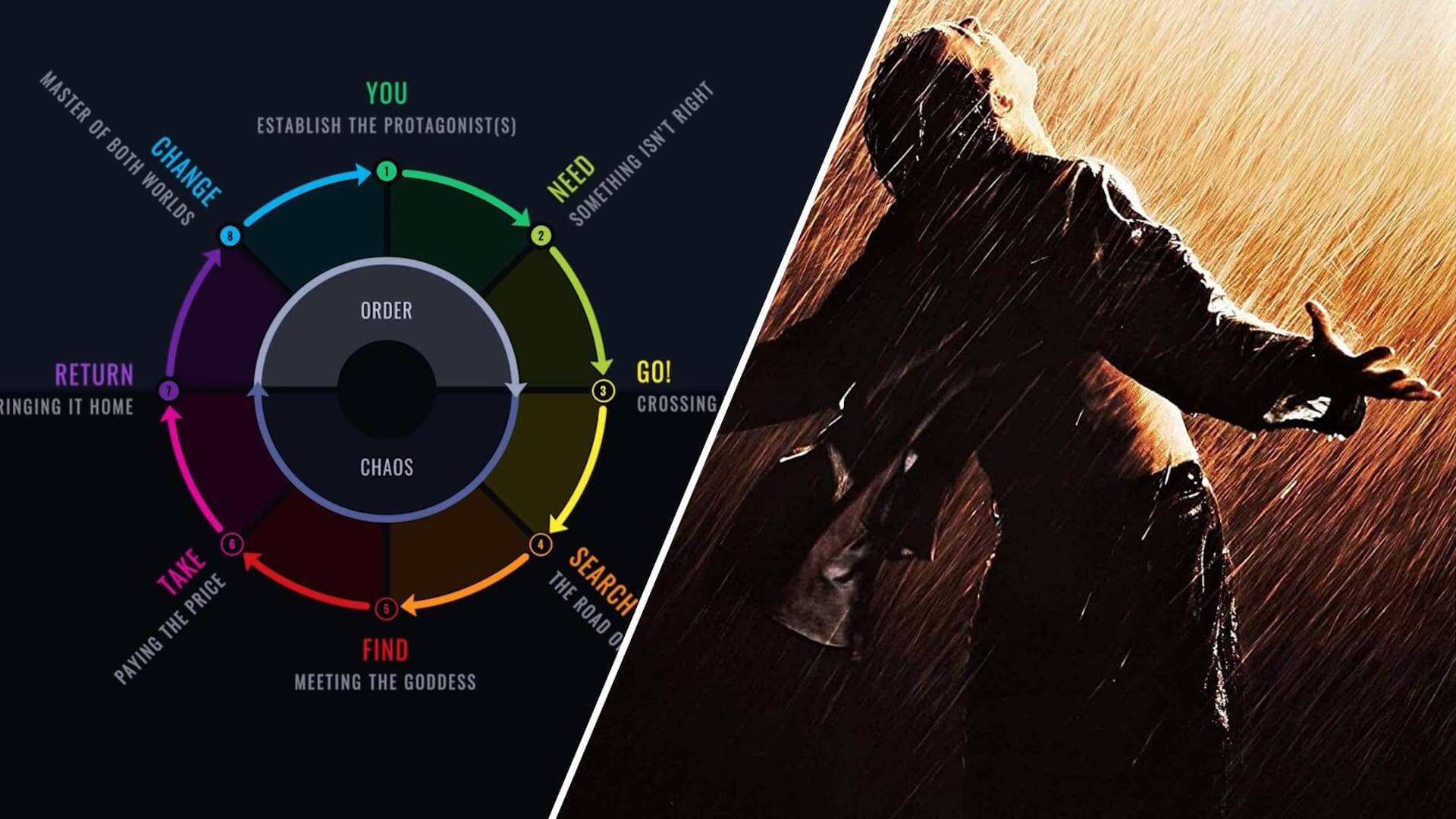Understanding the key differences between a story and a plot is imperative for any aspiring screenwriter. While these two elements often get used interchangeably, they are actually two distinct concepts that define how stories are structured and told. By learning to incorporate them both effectively into your projects, you will be able to craft truly captivating cinematic stories.
Plot vs Story Definition
First, let’s define plot and story
Before analyzing the differences between plot vs story let’s take a look at the definition of each.
PLOT DEFINITION
What is plot in cinema?
Plot refers to the main events in a story composed as a connected sequence of events. The plot can be made up of several seemingly unconnected threads, but as long as they are presented in a way that communicates to the viewer that these actions and events are connected in some way, you may safely refer to that chain of events as the “plot”.
Plot can be seen as the how, when, and why of a film.
STORY DEFINITION
What is story in cinema?
Story is all about character development and progressing through an arc. It focuses on how characters evolve over time and how they are affected by conflicts within the narrative.
In cinema, story refers to the narrative of a film which includes the characters and the settings that take place within it. It is often considered to be a tale with a beginning, middle, and end. Story involves character development and progression of an arc, focusing on how characters are affected by their environment and how they grow throughout their journey.
Simply put, story is the who, where, and what of a film.
What is the Difference Between Plot and Story
Difference Between Plot vs Story
Understanding the differences between a plot vs story in cinema is essential for crafting compelling narratives. While many people use these terms interchangeably, they actually refer to two distinct elements of storytelling.
Story is the narrative of a film or other visual medium, which includes establishing characters and events that take place within it. It typically has a beginning, middle, and end, focusing on how characters evolve throughout their journey and how they are affected by their environment.
Plot, on the other hand, is simply the sequence of events that make up a story—it's focused on what occurs rather than who’s involved or why it happens. It includes introducing characters and setting up necessary context as well as rising action and conflict resolution.
For more insight on the differences between the two and the importance of both, check out this interview with Seth Rogen on The Off Camera Show.
Seth Rogen Explains the Important Difference Between Story vs Plot
These concepts may sound fairly similar at first glance, but understanding their subtle nuances can help bring your cinematic stories to life. A well-crafted plot will keep your audience engaged even if there isn't much character development, whereas good character work can make average storylines more compelling.
By figuring out how to incorporate both effectively into your stories—whether through feature films, television shows or otherwise—you'll be able to create something truly special.
Related Posts
Plot vs Story
Example of plot vs story
To recap, story focuses on characters’ emotional arcs and their development as they traverse through their journey, while a plot on the other hand focuses on the events that take place within the narrative—it’s about what happens rather than why it happens.
An example of a captivating movie with an interesting story and plot is The Shawshank Redemption. The story follows protagonist Andy Dufresne, who has been wrongfully convicted of murder, as he attempts to find solace and redemption in the corrupt prison system.
The plot of the movie follows the sequence of events that chronicle his journey—from his initial incarceration to his eventual escape from prison—while highlighting the harsh realities of life inside Shawshank's walls. At its core, this film is about Andy's struggle against injustice but also his friendship with fellow inmate Red, which strengthens him through every trial and tribulation.

The Shawshank Redemption • plot vs story examples
The story focuses on how these two characters grow over the course of their journey in a world where obstacles seem insurmountable and hope is hard to come by. It highlights not just character development and emotional arcs, but also concepts like resilience, justice, hope and faith in the face of adversity. Meanwhile, the plot serves as a framework to express all those themes while keeping viewers engaged and invested in Andy's story until its satisfying conclusion.
Story and plot are two distinct elements of cinematic storytelling that must be well-crafted to create a captivating visual experience for viewers. While story focuses on characters, emotions and themes, the plot is primarily concerned with the sequence of events and how they impact the narrative.
A good script will naturally incorporate both in a way that highlights what makes its world unique while keeping viewers hooked until its satisfying conclusion. Understanding this distinction can help you craft enjoyable stories that draw people in till its thrilling end.
Up Next
What is Plot in Cinema?
Although we touched on plot within this article, our next post dives even deeper into the subject and why its incredibly important in cinema.
